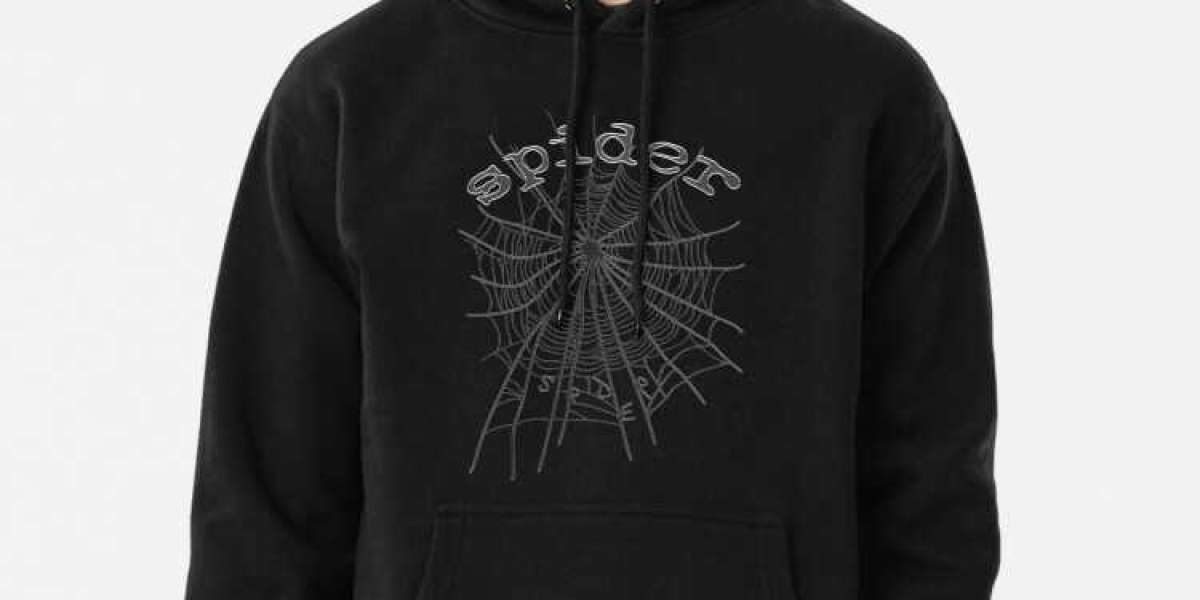Technology is at the forefront of the fashion industry's evolution. From design to production to retail, innovative technologies are revolutionizing every aspect of the fashion supply chain.
3D Printing and Customization: 3D printing is enabling designers to create intricate and customized pieces with precision. This technology allows for on-demand production, reducing waste and offering consumers personalized fashion items tailored to their preferences and measurements.
Virtual and Augmented Reality: Virtual reality (VR) and augmented reality (AR) are transforming the shopping experience. Virtual fitting rooms allow customers to try on clothes without physically being in the store, enhancing convenience and reducing the need for returns. AR apps let users see how garments will look on them in real-time, bridging the gap between online and in-store shopping.
AI and Data Analytics: Artificial intelligence (AI) and data analytics are helping brands understand consumer behavior and predict trends. AI-powered algorithms analyze vast amounts of data to provide insights into customer preferences, enabling brands to create collections that resonate with their target audience.
Sustainable Fashion: A Growing Imperative
Sustainability is no longer a niche concern; it has become a central focus for the fashion industry. As consumers become more aware of the environmental impact of their choices, brands are adopting sustainable practices to meet this demand.
Eco-Friendly Materials: The use of sustainable materials, such as organic cotton, recycled polyester, and biodegradable fabrics, is on the rise. Innovations like lab-grown leather and plant-based textiles are also gaining traction, offering environmentally friendly alternatives to traditional materials.
Circular Fashion: The concept of circular fashion aims to extend the lifecycle of garments through practices like recycling, upcycling, and resale. Brands are designing clothes with recyclability in mind, and platforms for second-hand fashion are booming, encouraging consumers to buy and sell pre-loved items.
Ethical Production: Ethical production practices, including fair labor conditions and transparent supply chains, are becoming standard expectations. Consumers are demanding accountability from brands, pushing the industry towards more humane and just production methods.
Inclusivity and Diversity: Redefining Standards
The future of fashion is inclusive and diverse, breaking away from the homogeneous standards of the past. This shift is reshaping how fashion is designed, marketed, and perceived.
Size Inclusivity: Brands are expanding their size ranges to cater to a broader spectrum of body types. Plus-size fashion is no longer an afterthought but an integral part of collections, ensuring that all consumers have access to stylish and well-fitting clothes.
Cultural Representation: Fashion is embracing cultural diversity by celebrating different traditions, aesthetics, and heritages. Designers from various backgrounds are bringing their unique perspectives to the industry, creating a richer and more inclusive fashion landscape.
Gender Fluidity: The rise of gender-neutral fashion reflects a move towards breaking down traditional gender norms. Unisex collections and gender-fluid designs offer versatility and freedom of expression, allowing individuals to dress authentically without being confined by conventional categories.
Digital Transformation: The New Retail Experience
The digital transformation of fashion retail is accelerating, driven by the need to adapt to changing consumer behaviors and technological advancements.
E-Commerce Dominance: Online shopping continues to grow, with e-commerce platforms offering extensive product ranges, personalized recommendations, and seamless checkout experiences. The integration of AI and machine learning enhances these platforms, making online shopping more intuitive and efficient.
Social Media Influence: Social media remains a powerful tool for fashion marketing and consumer engagement. Platforms like Instagram, TikTok, and Pinterest influence trends, showcase new collections, and provide a space for brands to connect with their audience. Influencers and content creators play a significant role in shaping consumer perceptions and driving sales.
Blockchain Technology: Blockchain is enhancing transparency and authenticity in the fashion industry. By providing a secure and immutable record of a garment’s journey from production to purchase, blockchain ensures that consumers can verify the authenticity and ethical production of their clothing.
Conclusion
The future of fashion is bright, characterized by technological innovation, a commitment to sustainability, inclusivity, and a digital-first approach. As the industry continues to evolve, these trends will shape a more conscious, diverse, and connected fashion landscape. Brands that embrace these changes will not only thrive but also contribute to a more responsible and forward-thinking fashion industry. Embracing the future of fashion means embracing a future where style meets sustainability, inclusivity, and technological innovation, creating a better world for all.







